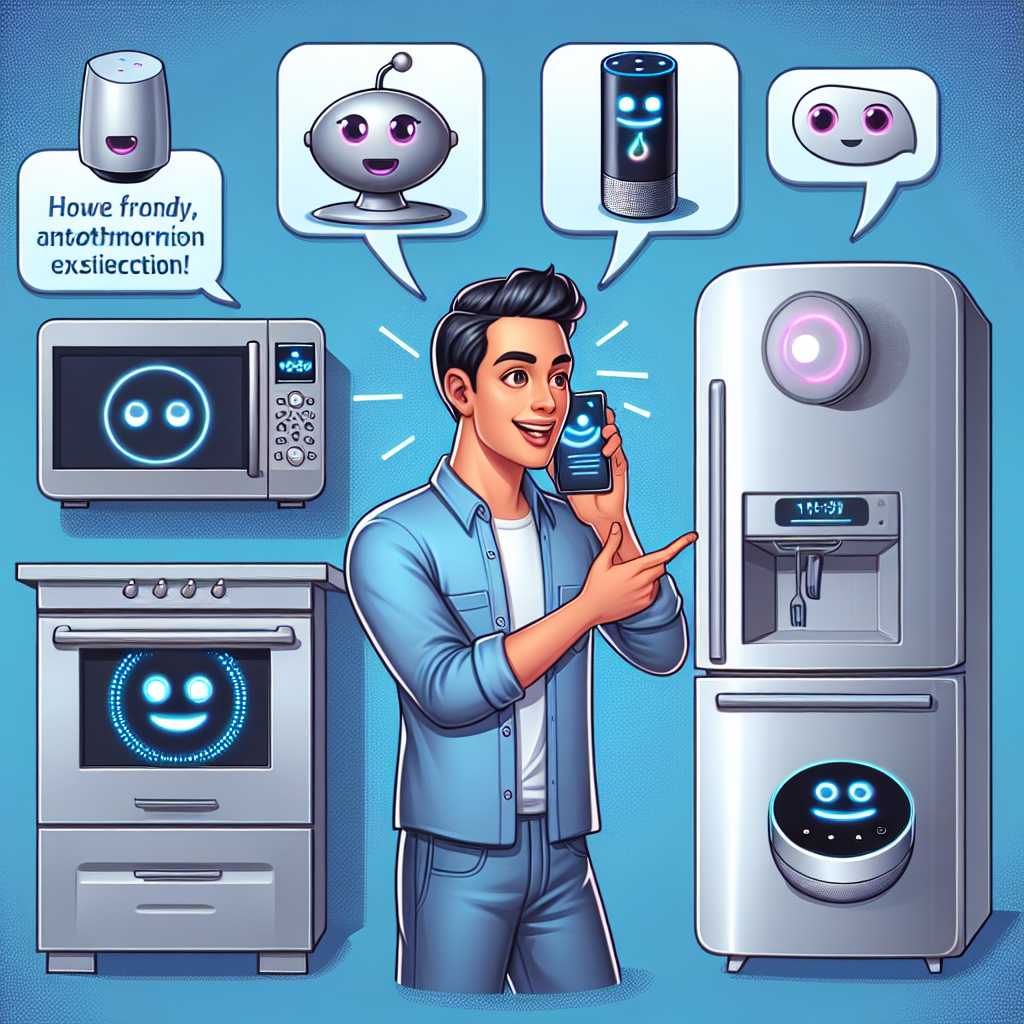Let’s face it—building an app that anticipates user needs is like trying to read your date’s mind at dinner. Order the wrong appetizer, and suddenly you’re “not listening.” But make a perfect suggestion, and you’re either soulmates or suspiciously stalking their Instagram food posts.
This delicate balance is the tightrope modern entrepreneurs walk daily. How do you create a SaaS application that feels magically intuitive without users backing away slowly while reaching for the “uninstall” button?
The Mind-Reading Dilemma
“I want an app that knows what I need before I do—but don’t you dare track my keyboard strokes!” Welcome to the paradox of modern user expectations. In today’s competitive SaaS landscape, AI-driven personalization isn’t just a fancy feature—it’s becoming as essential as having a login button.
According to recent industry data, AI-driven personalization can boost customer retention by up to 30%. That’s the difference between users ghosting your app after one awkward date or committing to a long-term relationship with monthly subscription payments.
As one product manager put it: “Users don’t just want features anymore—they want experiences that adapt to them like a comfy pair of jeans.”
AI Customization: The Digital Chameleon
Imagine walking into a room where the temperature automatically adjusts to your preference, the lights dim to your favorite setting, and your go-to playlist starts playing—without you touching a single button. That’s what good AI-driven customization feels like in a SaaS product.
The magic happens when AI platforms adapt to user preferences like a chameleon at a color convention. They observe, learn, and transform based on behavior patterns.
“The best AI isn’t the one that makes the biggest splash—it’s the one users don’t even notice because it seamlessly integrates into their workflow,” explains a UX designer who specializes in AI interfaces.
Low-Code: Democratizing Digital Mind Reading
Here’s where it gets interesting. Creating these intuitive experiences used to require a PhD in computer science and enough caffeine to power a small country. Enter low-code platforms—the great equalizers of the tech world.
Low-code AI SaaS Creation Platforms are opening doors for entrepreneurs whose coding skills start and end with “Hello World” (and maybe a smiley face if they’re feeling adventurous). Platforms like Microsoft Power Apps and OutSystems are using AI and low-code to radically transform how applications are built.
Take Sarah, for instance, a solopreneur who launched a client management tool without writing a single line of code. “My background is in dental hygiene, not software development,” she laughs. “But with low-code platforms, I created an app that actually remembers which clients hate the waiting room music and automatically adjusts their settings.”
At Zygote.AI, we’ve seen firsthand how democratizing access to AI tools unleashes innovation from unexpected places. When people can bring their ideas to life without technical barriers, magic happens—usually without a single semicolon being harmed in the process.
Intelligent Collaboration: Finding That Goldilocks Zone
If you’ve ever been cc’d on an email chain that spans 47 messages discussing lunch options, you understand the pain of inefficient collaboration. Now imagine AI tools that ensure everyone gets just the right amount of information—like Goldilocks finding that perfect bowl of porridge: not too much, not too little, just right.
Intelligent collaboration with AI tools creates what experts call “ambient awareness”—keeping team members informed without drowning them in notification soup. A study by McKinsey found that employees spend nearly 20% of their workweek searching for internal information or tracking down colleagues for help.
Customizable AI Digital Workers can transform this experience by handling tasks according to individual styles and preferences. Need summaries in bullet points? Done. Prefer voice notes over text? No problem. Like your data visualized in charts that aren’t pie graphs because pie graphs remind you of that traumatic math class in 8th grade? Absolutely accommodated.
“Our development team cut meeting time by 35% after implementing AI collaboration tools,” shares a startup founder. “The system learned who needed what information and delivered it in their preferred format—engineers got technical specs, designers got visual references, and the CEO got the one-sentence summary she always asked for anyway.”
At Zygote.AI, our vision includes empowering teams to collaborate more effectively by creating intelligent and efficient AI applications that adapt to each member’s work style, fostering innovation without requiring everyone to communicate the same way.
Personal AI Products: Your Digital Butler (Not Your Digital Stalker)
Remember when personalization meant an email that started with “Dear [FIRSTNAME]”? We’ve come a long way, baby.
Personal Use AI Products today offer experiences so tailored they’d make a bespoke tailor jealous. But there’s a fine line between “Wow, this app gets me!” and “I’m calling the authorities.”
Take the story of Alex, who used an AI-powered productivity app: “It started suggesting breaks exactly when my focus was waning—somehow it knew I needed to step away before I even realized it myself. Creepy? A little. Helpful? Absolutely.”
The key is transparency. Users want personalization, but they also want to understand how the magic happens. It’s like enjoying a magician’s show while also getting a glimpse behind the curtain—enough mystery to maintain wonder, enough clarity to maintain trust.
The Modern Bazaar of Innovation
The beauty of today’s AI SaaS Creation Platform landscape is the opportunity for sharing and selling AI products. It’s like a modern-day bazaar where innovations are traded, improved upon, and reimagined.
“I built an AI writing assistant for my specific industry jargon,” explains a consultant. “Then I realized other people in my field would pay for it. Now it’s generating passive income while I sleep.”
This ecosystem of creation and exchange drives continuous improvement. When users can monetize their innovations, creativity flourishes. At Zygote.AI, we’re fostering this open market approach, encouraging users to share and sell their AI SaaS products, because we believe the best ideas often come from the people facing the problems directly.
AI Agents: The Almost-Creepy-But-Not-Quite Assistants
AI Agent Technology represents the next frontier in personalization—digital assistants that learn your habits so well they can predict what you need before you ask. Like that friend who orders your coffee exactly how you like it (two pumps vanilla, oat milk, no foam, judgy barista eye roll).
“Our AI agent started by observing how team members handled customer inquiries,” shares a customer service manager. “Within weeks, it could draft responses that matched each representative’s tone and approach—saving time while maintaining personal connection.”
The applications are endless. From email management to content creation, AI agents act as digital extensions of the user, learning preferences over time and adapting accordingly.
Smoothing Out the Wrinkles with Workflow Automation
Let’s be honest: nobody wakes up excited to fill out expense reports or schedule back-to-back meetings. Workflow Automation powered by AI takes these tedious tasks and makes them… well, less soul-crushing.
User-Friendly AI Tools succeed when they reduce friction instead of adding complexity. The best AI doesn’t just automate—it anticipates, adapts, and presents options in ways that make sense to the specific user.
“Our platform reduced onboarding time by 60%,” boasts a SaaS founder. “New users don’t face a learning curve because the interface adjusts to match their experience level—beginners get guided tours, power users get keyboard shortcuts.“
At Zygote.AI, we’re dedicated to creating tools that require minimal training. Our ultimate goal is to achieve fully automated workflows that require no human intervention, like our systems that autonomously select topics, write content, generate illustrations, and publish promotional articles—all while maintaining quality and relevance.
The Future: Partnership, Not Just Personalization
As we wrap up this journey through the world of AI-driven personalization, one thing becomes clear: the future isn’t about technology that serves us; it’s about technology that partners with us.
The best AI SaaS Creation Platforms don’t just collect data on users—they collaborate with them, creating a feedback loop that continuously improves both the technology and the experience. It’s less “big brother is watching” and more “trusted colleague is assisting.”
For individual entrepreneurs, this means access to tools once available only to tech giants. For small team companies, it means punching above their weight class with efficient, personalized systems. And for software engineers, it means focusing on innovation rather than repetitive code.
The art of knowing what users want without crossing into creepy territory ultimately comes down to respect. Respect for user privacy, respect for their preferences, and respect for their time.
At Zygote.AI, we believe in making AI creation accessible to all, regardless of technical background. By empowering everyone to turn their ideas into intelligent AI applications, we’re not just building software—we’re fostering a future where technology adapts to humans, not the other way around.
So go ahead, make your app intuitive, helpful, and maybe just a little bit magical. Just remember: mind reading is impressive, but consent and transparency are sexy. Your users will thank you for remembering the difference.









